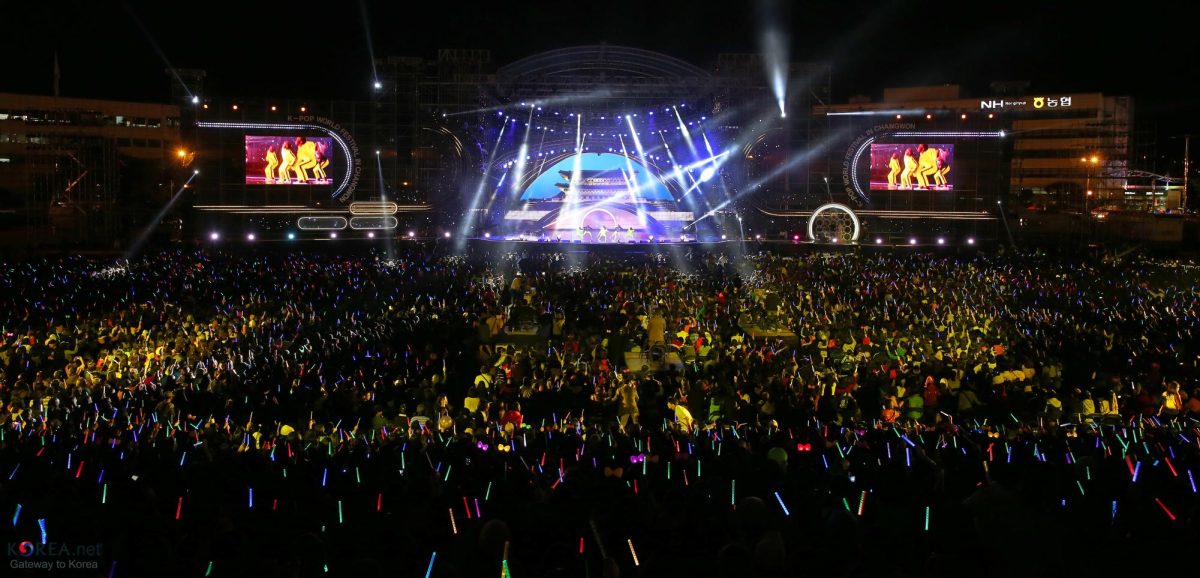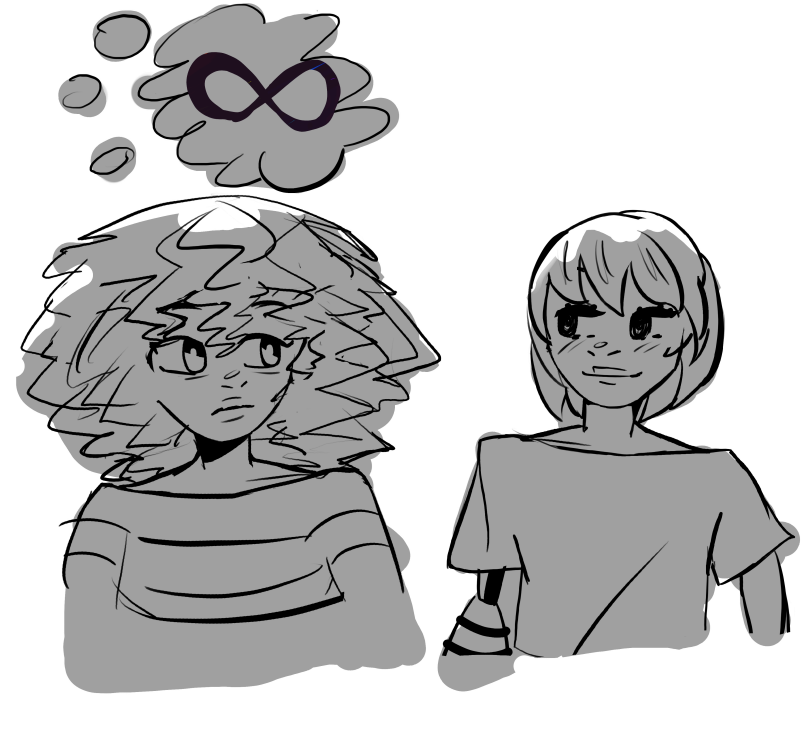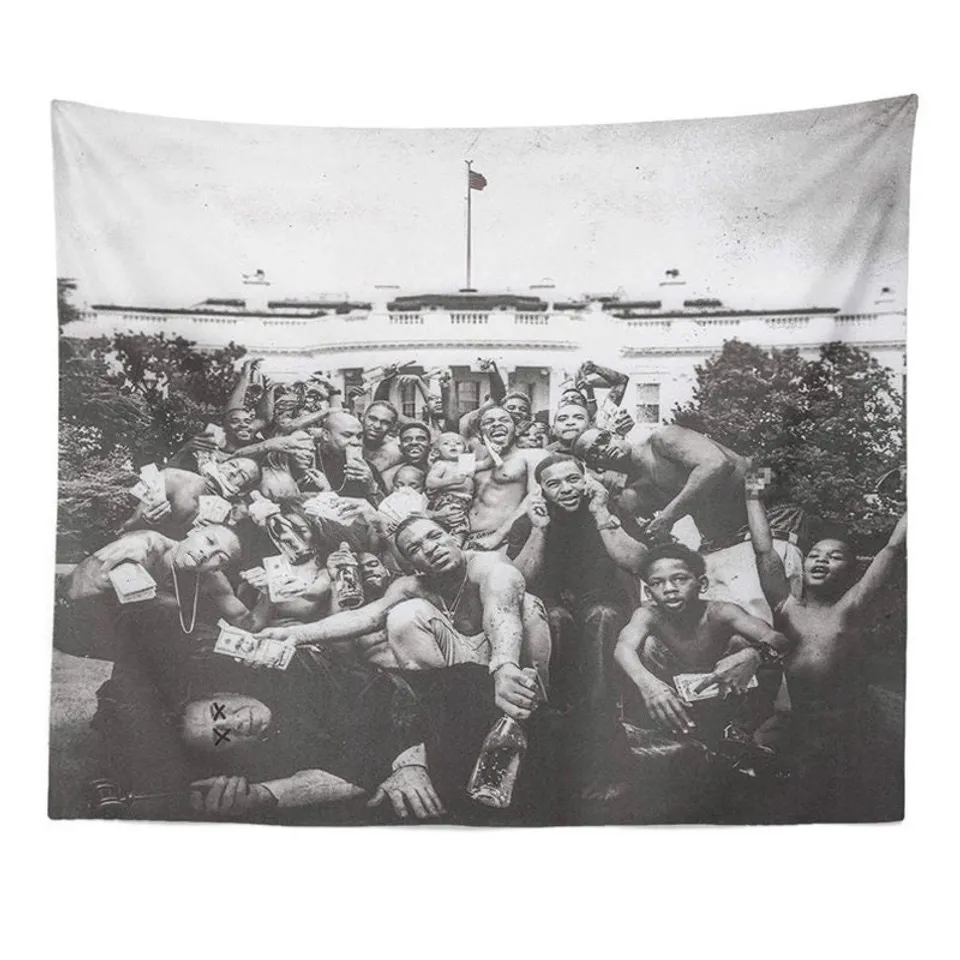The misconception of the target audience being limited to children has caused animation to be a long-neglected genre in Hollywood. Big companies such as Disney and Pixar have set that precedent, especially with Disney toning down the violence in the original source material for their big titles such as Cinderella and Sleeping Beauty. However, animation has become a medium to tell more “adult” themes to a range of ages. We can turn to Spider-Man: Into the Spider-Verse, a widely successful animated movie about Miles Morales and Kingpin telling a story of how grief doesn’t justify your character. A more recent example is KPop Demon Hunters, an animated movie created by Maggie Kang.
It stars fictional K-pop group, HUNTR/X, which has three members: Rumi, Mira and Zoey. They’re a group of demon slayers trained by the previous generation of slayers. Together, they create a magical barrier with their songs and voices called the Honmoon that keeps the demons sealed away. But a rising K-pop demon boy group called the Saja Boys threatens to destroy the Honmoon and HUNTR/X.
Rumi’s Suppression of Self
The story focuses on Rumi, the lead vocalist of the group and a half-human half-demon raised by Celine, the demon slayer who trains the group. Throughout the movie, we witness her inner turmoil of being a half-demon. We see that it originates from Celine teaching Rumi to keep her marks hidden because they’re evidence of her demonic heritage.
Adding the demon-hating doctrine both Rumi and her group members have been subjected to, Rumi has a difficult time being genuine and honest to her friends. Though it’s not wrong to place the blame on Celine for Rumi’s emotional restraint, it’s important to recognize that it’s a part of Asian culture, albeit an unhealthy one.
To take a page from Michael Kwan’s article, Asian stoicism stems from the continued need to be self-sufficient and outwardly “strong” in order to maintain dignity and honour for yourself and family. Emotions such as sadness or anger are perceived by the community as a sign of weakness.
In my personal experience, I rarely see my parents or grandparents cry. Even in the privacy of our home they maintain this strict mask of emotional regulation that I’ve gradually adopted as well. Because of this “mask” I’ve become more sensitive as to how people perceive me.
Asian stoicism is an ideology that has persevered since the arrival of Chinese migrants to America. “[It] helped them overcome economic hardship and discrimination to achieve success,” says psychiatric nurse practitioner Thao Le. First-generation migrants, or rather, the eldest members of an Asian family are typically expected to support the family.
In Rumi’s case, she is the leader of HUNTR/X and holds seniority over Zoey and Mira. Though they work as a group, there are greater expectations for Rumi to succeed, especially with her background as a daughter of a Sunshine Sisters member, an extremely popular band from the previous generation of K-pop groups. This along with her half-demon identity, makes her more cautious when it comes to expressing and presenting herself to others.
We see this during the rehearsal for their first live performance of Golden, a song representing them overcoming their struggles where her voice problems prevent her from singing. She’s coming to realize that the demon marks are stopping her from doing this final thing to turn the Honmoon indestructible. And rather than confiding in her band members, manager, or Celine, she prefers to express her frustrations in an area where no one can see her.
Zoey’s Divided Identity
Zoey’s character tells a similar story. She’s the songwriter of the group and is by far the most emotionally open person of the group. A big part of her identity is being Korean-American as she spent a significant amount of her life in California, USA.
In Golden, Zoey describes her struggles with her identity and how she “lived two lives, tried to play both sides/But I couldn’t find my own place.”
She represents the Asians who have spent part of their lives in another country and feel disconnected from their Asian identity. Because their only exposure to their culture is through family or westernized versions of it, they don’t have the same experience as people who were surrounded by it.
There’s also the condition of one part of her identity being perceived more strongly than the other. For Americans they view Asian Americans as more Asian.
“The data shows there is a growing perception that Asian Americans are more loyal to their countries of origin than to the U.S.” Norman Chen, the CEO of The Asian American Foundation says in a press release.
My upbringing is the opposite. My family surrounded us with a Filipino community and my only exposure to American culture was school. Since our Filipino community was tight-knit, especially in a state where Filipinos make up a small portion of the overall North Carolina population, it was easy to feel like an outsider in American communities.
On the other side of the same coin is the Asian community honing in on Zoey’s American identity. In the movie, we see the girls eating ramyeon with the cup having their faces on it and the one with Zoey’s face has a “hamburger” flavor. Korean American K-pop idols in real life experience varying degrees of xenophobia from the Korean community.
Tiffany Young from Girls’ Generation, a K-pop girl group, is a Korean American who has received criticism for her American mannerisms.
Giaae Kwon, the column writer of “From a Kpop Fan, With Love”, covered Young’s experience and described how a K-pop group would have one member who’s a foreigner and “undergo the same transformation to shed their foreignness, their gyopo-ness, and become Korean.”
Tiffany was a member of Girls’ Generation and has been criticized for her accent and mannerisms being “too American.” For Asian Americans and other groups that are not completely one race there’s a perpetual situation of never being enough and not belonging.
Mira Breaking Out of the Mold
And Mira, the dance choreographer of the grouprepresents breaking out of societal expectations. Her design fits in the trope of “rebellious Asian women” with her sharp, angled eyes and striking pink hair. These characteristics feed into the part of the trope that makes Mira identifiable as she stands out from the stereotype of submissive Asian women.
Culturally, she continues to defy these expectations. Jessica Shao and Yoolim Lee from The Diplomat explain how women are either restricted to household roles or to invisible labor in an office setting. Invisible labor, “including basic administrative tasks, do not contribute to their career advancement,” Shao and Lee say.
Mira holds a vital role in the group not only as a singer and dancer but also as the visual member, which is a member who is considered to be the most attractive. As the visual member she uses her appearance to attract attention and fans. In a community that expects women to be hidden and unassuming Mira makes herself the most visible member.
Despite all the struggles Asians and Asian Americans experience within their community, it is also the people who are part of the community that understand them the best. There will always be individuals who don’t conform to the norms and expectations of their culture and others who aren’t able to, considering their upbringing. It’s a matter of finding them and reminding yourself you aren’t alone.
Kpop Demon Hunters is an animated movie that tackles themes of suppression, disconnection with cultural identity and isolation from societal norms. Incorporating bright colors, unique character designs and an impressionable soundtrack, Director Maggie Kang has made “adult” themes easy to understand and digestible for children while making it enjoyable.
The animation genre is changing at a rapid rate. With each new animated movie being released they push the boundaries of what themes they explore and how they do it through art. To continue boxing animation to the idea of purely being for kids is dishonest to not only the creators and creative team but also to the audience.
As Maggie Kang states in her interview with Geeks Out, “As an industry, we really should not underestimate our young viewers. They are so insightful and they want deeper stories. They don’t want to be treated like children.”







